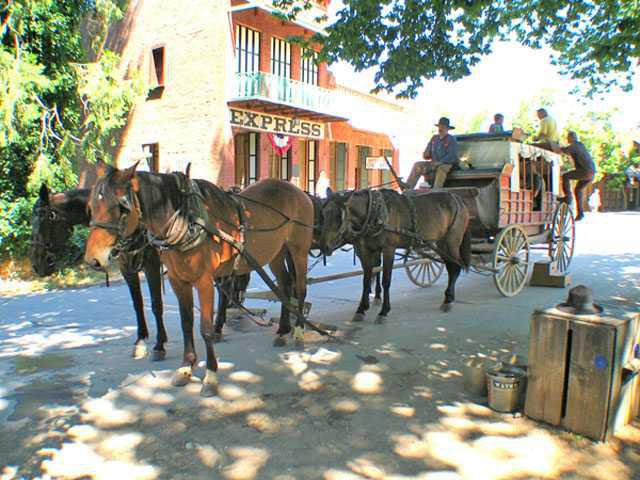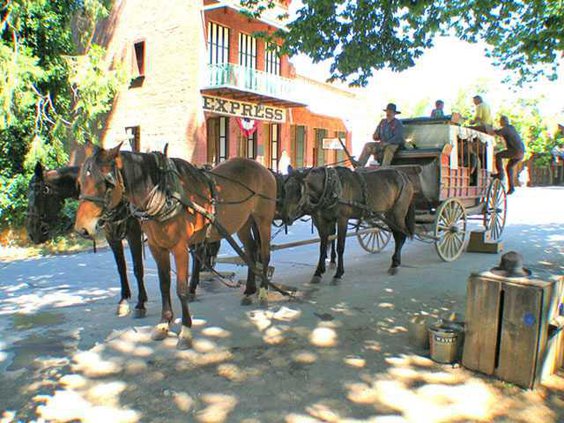COLUMBIA — Amidst the rugged oak woodlands of the Sierra Nevada foothills lies Columbia State Historic Park — once a busy, brawling gold rush town. The search for gold in the Sierra Nevada foothills offered hope and, for a fortunate few, riches. It drew prospectors from all over the world and of every nationality, including California Indians.
GEM OF THE SOUTHERN MINES
Columbia State Park is 209s living Gold Rush town





